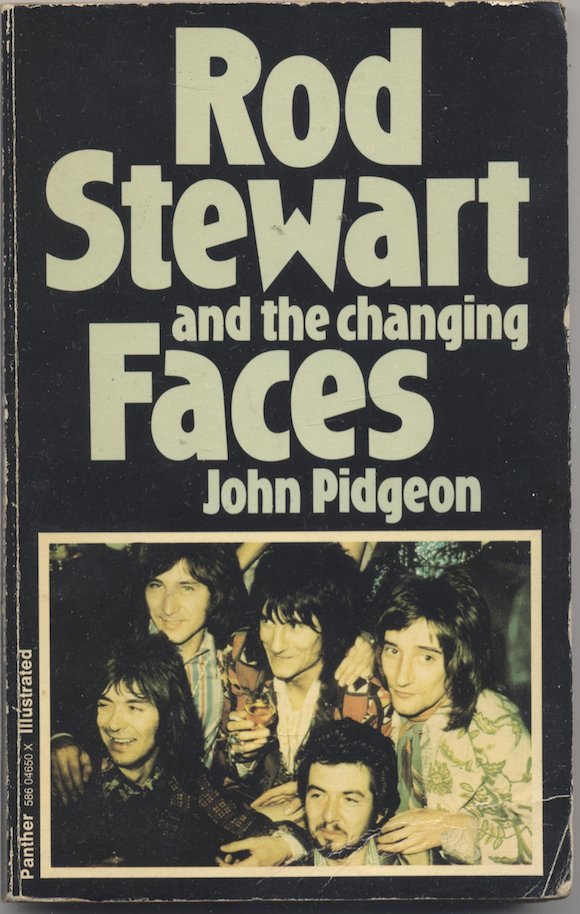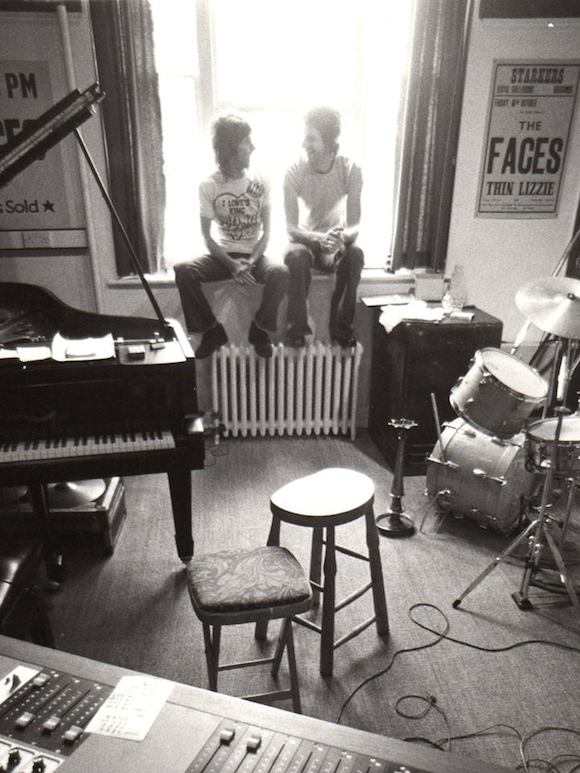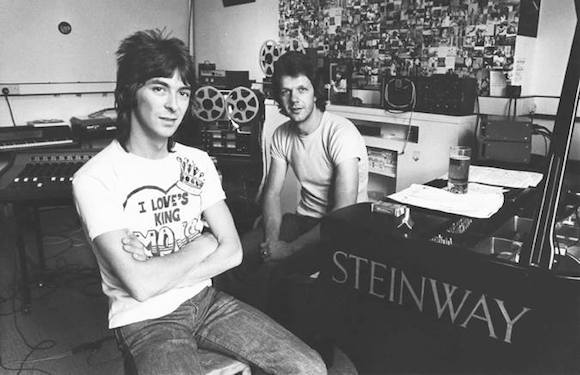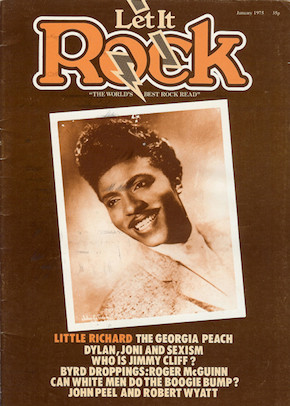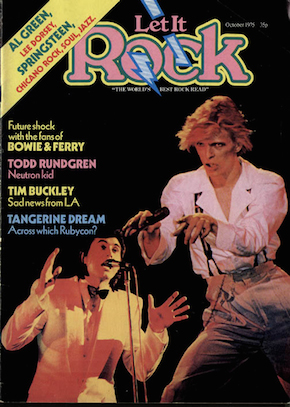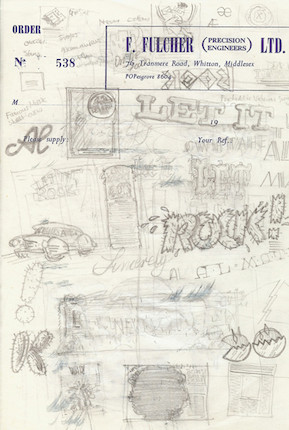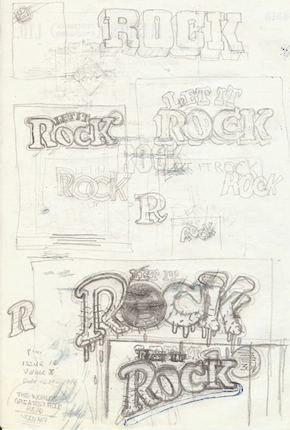Highly recommended: The unpindownable John Pidgeon’s blog

//”This photograph was taken by Chris Morris in my bedroom at Commonwood Cottage in Downley village near High Wycombe in 1965 (when I swapped my mod life for university). I’m wearing an almost unwearably itchy John Stephen herringbone wool shirt. Apart from the Ricky Tick poster, I’d permanently pasted up two vintage London Transport posters I found in the attic. My old man wasn’t too pleased about that”. From http://johnpidgeon.com//
I highly recommend John Pidgeon’s blog; Pidgeon is another of those unpindownable figures in the cultural landscape. His considerable talents have been expressed from music journalism and magazine publishing through roadie-ing for The Faces and composing songs with their recently departed and already much missed keyboard maestro Ian McLagan to commissioning stunning design work from Barney Bubbles and producing BBC documentaries and radio comedy (and in the process promoting the talents behind hit series such as Dead Ringers, Little Britain and The Mighty Boosh).
These days Pidgeon flexes his muscles as “Petitjean”, the compiler of fiendish cryptic crosswords for The Daily Telegraph.
I first became aware of Pidgeon in the early 70s with the publication of the Panther paperback Rod Stewart And The Changing Faces. The pedestrian title belies a cornerstone of music writing. Pidgeon dived headfirst into his subject matter, becoming a road manager to report from the inside of a typically tumultuous Faces tour. He emerged with his dignity just about intact, having forged the songwriting partnership with McLagan, and took up the reins of quality UK music monthly Let It Rock.
Pidgeon’s visual savvy was expressed in the engagement of Barney Bubbles for the thoroughgoing redesign of the magazine in 1975.
Let It Rock’s launch in 1972 had coincided with “the first era of post-modernism in pop,” as the late Ian MacDonald told me when I interviewed him for my music press history In Their Own Write. “Music started to be conscious of itself and look back, beginning to make syntheses and style references and be ironic.”
//Left: The January 1975 edition of LIR which unveiled Barney Bubbles’ redesign: right, October 1975//
//Bubbles’ sketches for redesign, autumn 1974, on his father Fred Fulcher’s company headed paper (Bubbles real name was Colin Fulcher//
In the subsequent four decades, Pidgeon has made his mark in many spheres, as you may read on his blog here. A selection of his writing – including insightful “I was there” perorations on the British R&B boom – can be found here.
I first wrote more about the Let It Rock redesign here.
The Kindle edition of Rod Stewart And His Changing Faces has been published by the music press website rocksbackpages.com and is available here.

